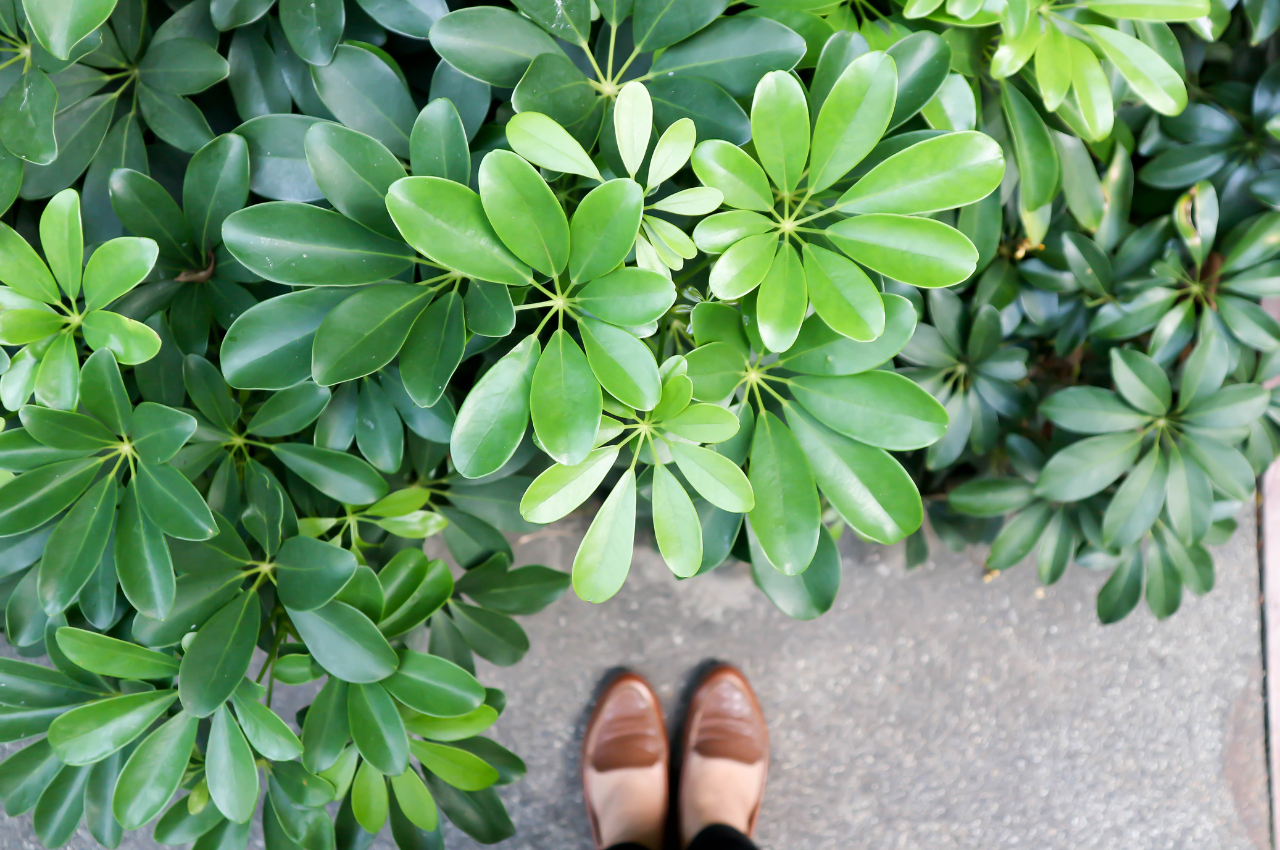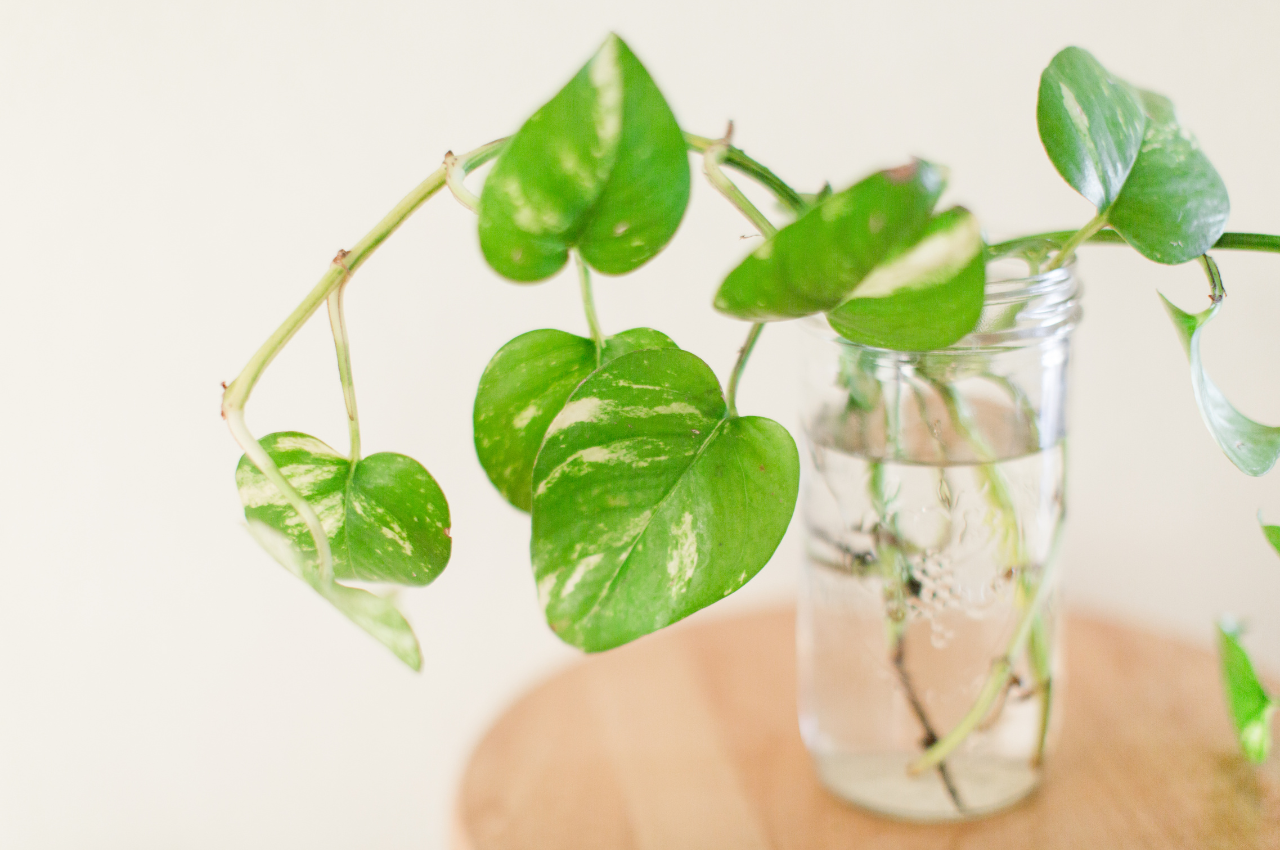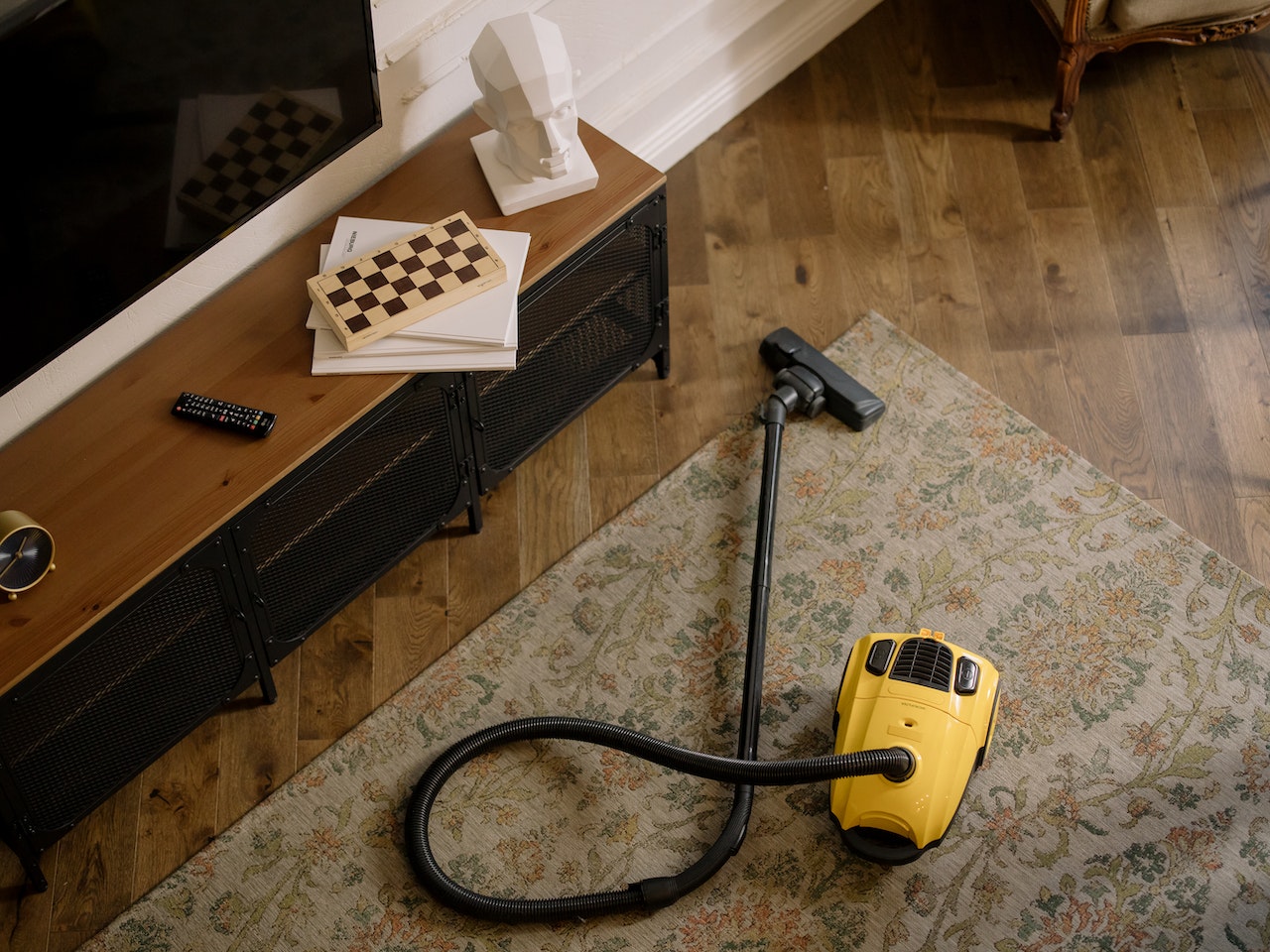The Umbrella Plant may be less popular than other indoor plants like Fiddle Leaf Fig or Philodendron. But it has fine qualities that make it a keeper, especially for novice indoor gardeners.
For starters, the Schefflera arboricola (aka Umbrella Plant or Umbrella Tree) is beautiful. Second, it can potentially grow tall if you want the indoor jungle look for your home. Third, it’s easy enough to care for. Of course, improper plant care is damaging. This is why we’re sharing some tips so you can nurture a beautiful and healthy Umbrella Plant.
Caring for an Umbrella Plant or Schefflera
Although the Umbrella Plant isn’t the trendiest houseplant species, it’s among the easiest to care for. This might be good news if you want a gorgeous plant to brighten your space. One you won’t kill if you leave it alone for a couple of days.
Light Requirements
The Umbrella Plant can usually tolerate indoor lighting (hurray for indoor gardeners!), although it actually thrives best in bright, indirect light.
Avoid exposing your Schefflera in full, direct sunlight because it’s too intense and tends to burn its leaves. But in the summer, you might also want to move your potted Schefflera outside, where it can enjoy the fair weather and, of course, the bright light (but again, not direct sunlight). If you decide to place it outside during the season, ensure that it’s protected—so, “outside” might as well be a covered patio.
This plan adapts well to an indoor environment but will grow slowly and become leggy in low to medium light levels.
Soil, Water, and Fertilizer
Umbrella plants, like most houseplants, require good drainage to prevent root rot. Plant in a pot with ample drainage holes, and use rich, well-draining potting soil, like a peat-moss-based potting mix.
An Umbrella Plant’s watering schedule is pretty flexible (as-needed basis). Wait until the top of the soil dries out before giving it a good soak. Observe how soon the drying happens, then create a schedule. Still, this plant prefers dry soil to overwatered soil. After watering, empty the pot saucer to prevent the soil from retaining excess water.
The Umbrella Plant typically doesn’t need regular feeding with fertilizer. However, during the growing season, it may require an additional boost to fuel and maintain steady growth, especially while the plant is still young. You may want to stop altogether when you think your plant tall has reached a desired height.

Temperature and Humidity
Because it’s a tropical plant, your Schefflera enjoys a warm (or at least fair) environment. So, indoors, your plant may do well when it’s warm, with temperatures ranging between 59°F to 70°F. One sign it’s too cold is that its leaves drop quickly.
Humidity isn’t exactly a big deal for the indoor Umbrella Plant, although its natural habitat is quite humid. However, if the air is too dry, this plant becomes more vulnerable to pests such as scale insects and spider mites. High humidity levels can help keep these pests at bay.
Pruning and Repotting
Because these plants grow so quickly, you may need to prune your Schefflera to keep it in the desired size and shape. This is actually quite important if you’re growing it indoors.
Umbrella plants recover quickly, so don’t worry if you must prune away a considerable portion of the plant. It can grow fuller, lusher, and more beautiful than before.
Once mature, you may need to repot your Umbrella Plant every three years or so. A sign that you repot it is when the roots start to creep through the drainage holes. Do the repotting in the spring to ensure it stays healthy.

Common Problems with Umbrella Plant
Schefflera is a low-maintenance plant, but it can develop problems from time to time. When this occurs, address the problem immediately to prevent it from worsening and spreading.
Remember that an Umbrella Tree features glossy, green leaves that droop elegantly, like an umbrella. Classic signs that it needs extra love and care include leaf discoloration, soft and bending stems, leaf curling, and rapid leaf drop.
- Yellowing Leaves. Overwatering is frequently the cause of yellowing Schefflera leaves. You can alleviate this by watering the plant less. The yellowing could also indicate a bacterial infection. This is best handled by removing spotted leaves as soon as you see them.
- Spider Mites. These pests are the most common insects that infest these plants, especially in dry conditions. The best way to prevent this problem is to check and wipe the leaves regularly. Immediately remove the leaf with spider mites on it.
NOTE: The Umbrella Plant is toxic to cats and dogs. Mild vomiting and diarrhea are frequent side effects of consumption.
Propagating an Umbrella Plant
You can propagate a Schefflera by taking cuttings from a mature one. To make a cutting, you can pretty much cut anywhere from the Umbrella Plant. But you need a leaf node, as in those brown spots on the stem, from which the new roots will sprout.
- Choose a healthy branch, with active new growth, from your Umbrella Plant.
- Cut a 4 to 6-inch section of the plant with scissors.
- Plant the cutting in moist soil. Then, place it in a corner with good indirect lighting.
- Wrap the pot in a loosely secured plastic bag to keep humidity in.
- It takes 1 to 2 months for roots to form. Remove the plastic bag and continue growing the new plant if roots have formed.
NOTE: If you have trouble getting the cuttings to root, you can grow this plant from seeds.



Leave a comment
This site is protected by hCaptcha and the hCaptcha Privacy Policy and Terms of Service apply.